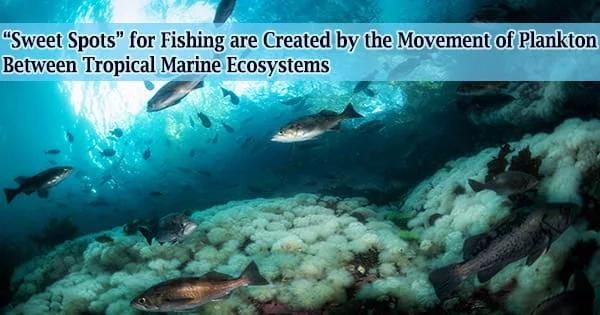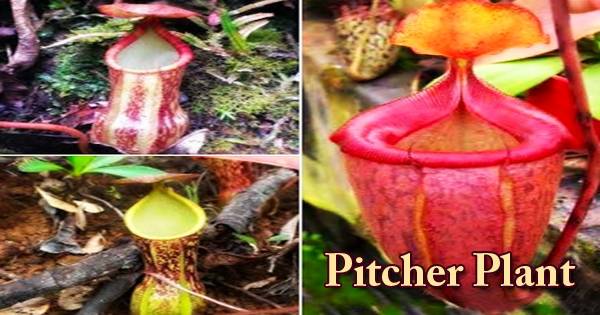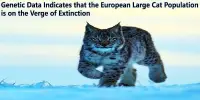According to a recent investigation, the migration of plankton and plankton-eating fish is crucial in causing localized increases in extreme biological productivity in tropical coral reefs, which result in “sweet spots” with high concentrations of fish.
These results are presented in a study that Renato Morais and colleagues from James Cook University in Townsville, Australia, published on November 2 in the open-access journal PLOS Biology.
Previous studies have demonstrated that mobile resources like plankton can act as vectors that transport energy and nutrients from offshore habitats to coral reef ecosystems, despite the fact that some ecosystems are constrained by their intrinsic productivity (from, for example, photosynthesis).
Such resource exchanges between ecosystems are referred to as spatial subsidies, and they allow ecosystems to produce more life than their inherent biological productivity constraints.
Uncertainty exists over the extent to which the movement of plankton and fish that consume plankton increases abundance in tropical marine ecosystems. Morais and colleagues integrated and evaluated a large amount of data from visual fish counts to better clarify and quantify this role.
The other fish count data came from three distinct tropical areas that were typical of the diversity of coral reef ecosystems represented in the larger dataset. One dataset encompassed the tropical waters of the Indian Ocean and most of the Pacific.
Spatial subsidies vectored by planktivorous fishes dramatically increase local reef fish biomass production, creating ‘sweet spots’ of fish concentration. By harvesting oceanic productivity, planktivorous fishes bypass spatial constraints imposed by local primary productivity, creating ‘oases’ of tropical marine biomass production.
Renato Morais
The analysis showed that fish that consume plankton actually play a significant, pervasive role as vectors of spatial subsidies to tropical coral reefs. By consuming offshore plankton, they increase the amount of nutrients available to reef ecosystems, driving localized times of extremely high biological productivity that also benefit their own predators.
People may discover conditions ideal for abundant fishing in these “sweet spots,” where plankton-eating fish account for more than 50% of the overall fish production.
The future of tropical reef fisheries will be especially impacted by the researchers’ results, they write. Sweet spots that concentrate these diminishing resources may become more significant to fishermen as coral reefs continue to deteriorate and offshore productivity is predicted to fall.
Morais adds, “How do tropical oceans sustain high production and intense coastal fisheries despite occurring in nutrient-poor oceans?”
“Spatial subsidies vectored by planktivorous fishes dramatically increase local reef fish biomass production, creating ‘sweet spots’ of fish concentration. By harvesting oceanic productivity, planktivorous fishes bypass spatial constraints imposed by local primary productivity, creating ‘oases’ of tropical marine biomass production.”
















